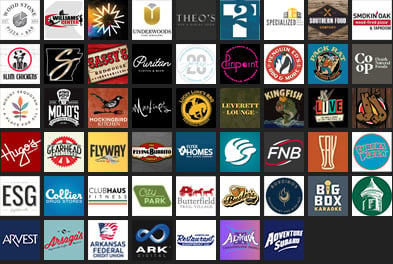Considering the stern public critiques at the last City Council meeting and the rresponse generated here on the Flyer, it might be beneficial to have a refresher course on the Fayette Junction Master Plan and what it means for the city.
Cue Karen Minkel, the city’s strategic planning and internal consulting director.
The story starts with City Plan 2025 that was adopted in 2006. In keeping with the major goals outlined in that plan, some neighborhoods, like the Fayette Junction area, get a closer look with a “charrette” process, where the community can offer input on how their neighborhood will develop, Minkel said in a phone interview.
In deciding which areas get charrette attention, the Planning Commission looks for places that might experience developmental pressure in the near future, Minkel said.
Through the Fayette Junction charrette process last September, stakeholders crafted guiding principles such as integrating the natural and built environment, fostering a clean tech cluster, which could capitalize on the presence of the University of Arkansas Research and Technology Park already in the area, and supporting multi-modal transit.
For future projects, this area will be labeled as an “urban zoning district” which will guide developments to align with the overall vision for the area.
So what does “urban zoning district” mean?
The urban zoning district is similar to C-2 (thoroughfare commercial) zoning in terms of the uses allowed for development, Minkel explained. However, the urban zoning district changes the form of how a place is developed. For example, the street might be as wide as College Avenue, but it will maintain a pedestrian-friendly atmosphere with a “sense of place,” Minkel said. Buildings set closer to the street is one specific guideline in the urban zoning district.
The argument that this plan will impede the rights of property owners does not hold water, Minkel said.
“In fact, we’ve added uses,” she said.
The urban zoning district is a way to preserve property value, and Minkel said such planning can be used as a marketing tool to attract businesses to the area. Some property owners are actually happy about the new required form because they will be able to use more of their land when buildings are required to be set closer to the street.
The Fayette Junction issue was tabled at Tuesday’s City Council meeting. That means at the April 21 meeting, aldermen will vote on the adoption of the Fayette Junction Master Plan vision document and Illustrative Master Plan.

